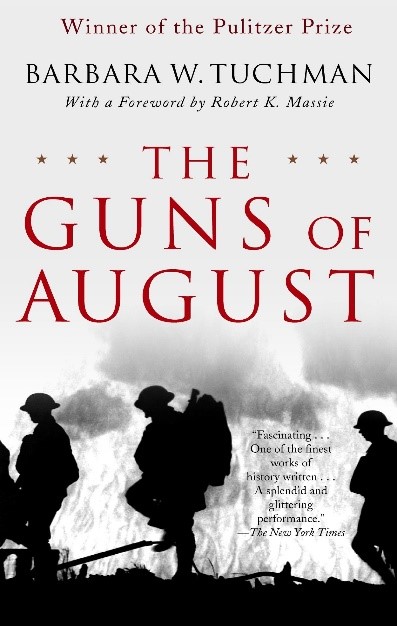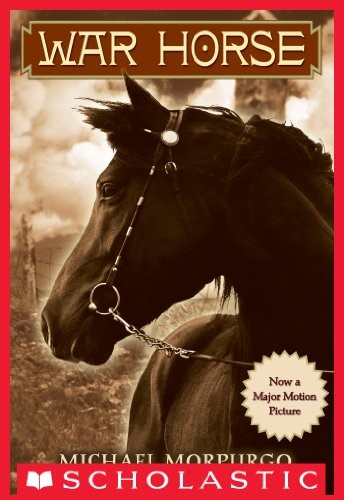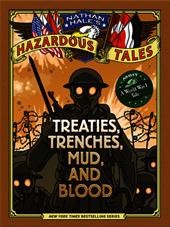“To us in America, the reflections of Armistice Day will be filled with lots of pride in the heroism of those who died in the country’s service and with gratitude for the victory, both because of the thing from which it has freed us and because of the opportunity it has given America to show her sympathy with peace and justice in the councils of the nations.”
Woodrow Wilson
It was supposed to be over by Christmas of 1914. Instead, World War I, or the Great War, as Europeans still refer to it, slogged on for four years. Carnage of an unimaginable scale resulted in the deaths of over 18 million soldiers, an unknown number of civilian casualties, the ruined lives of survivors, and an entire generation destroyed by the conflict’s ultimate senselessness.
The assassination of Archduke Ferdinand was the incident that ignited the slaughter among European super-powers. The loss of American lives when the passenger ship Lusitania was sunk caused outrage in the U.S., which then entered into the conflict in 1917. Mustard gas, machine guns, aerial bombardments, shrapnel bombs—many of these weapons used for the first time—proved to be just some of the horrific ways the First World War’s combatants were killed and maimed. They were the original weapons of mass destruction.
Eventually, World War I came to be known as “the war to end all wars,” and in 1918, on the eleventh hour of the eleventh day of the eleventh month in the Western calendar, all hostilities officially ceased. However, it took years for Europe to recover from the war’s horrors. To honor the dead, monuments were built and streets renamed to commemorate various significant dates and conflicts. Even today in many European countries you’ll still see roads named for Great War battles, heroes, and events. For those nations which lost up to 1 in 5 young men on the killing fields of Flanders, Ypres, Verdun, and scores more, these continue to serve as meaningful reminders of those who died so that the Western world would be free.
In America November 11th is Veterans Day. On this day, we reflect on and honor those who served in all U.S. wars. However, in other countries the day is known as Armistice Day, Poppy Day, or Remembrance Day, and their focus is on those who served in World War I: the young soldiers whose lives had barely begun, their officers who were ill-prepared for the slaughter of trench warfare, and the medical workers who had never before treated such catastrophic injuries on such a massive scale.
The 1914 poem “In Flanders’ Fields” describes the images of blood-red poppies growing amongst the graves of the fallen. Over a century later, the poppies bloom there still. Lest we forget.
Would you like to read more about World War I? Try one of the titles listed below or another of the many titles available at your local library.
Adult Fiction and Non-fiction
- Poetry of the Great War: an anthology; edited by Dominic Hibberd and John Onions
- A Month in the Country by J. L. Carr
- Parade’s End by Ford Madox Ford (film adaptation also available on DVD)
- All Quiet on the Western Front by Erich Marie Remarque (film adaptation also available on DVD)
- The Guns of August by Barbara W. Tuchman
- The Englishman’s Daughter: a true story of love and betrayal in World Ward I by Ben Macintyre
- The Good Soldier Schweik; an opera in two acts by Lewis Allan and Robert Kurka (vocal recording and vocal score)
For Younger Readers
- War Horse by Michael Morpurgo
- Hazardous Tales: Treaties, Trenches, Mud and Blood by Nathan Hale (graphic novel)
- Sergeant Stubby : how a stray dog and his best friend helped win World War I and stole the heart of a nation by Ann Bausum (film adaptation also available on DVD)
- Knit Your Bit: a World War I story by Deborah Hopkinson
- Stay Where You Are and Then Leave by John Boyne
- Finding Winnie: the true story of the world’s most famous bear by Lindsay Mattick (film adaptation also available on DVD)
- Christmas in the Trenches by John McCutcheon















